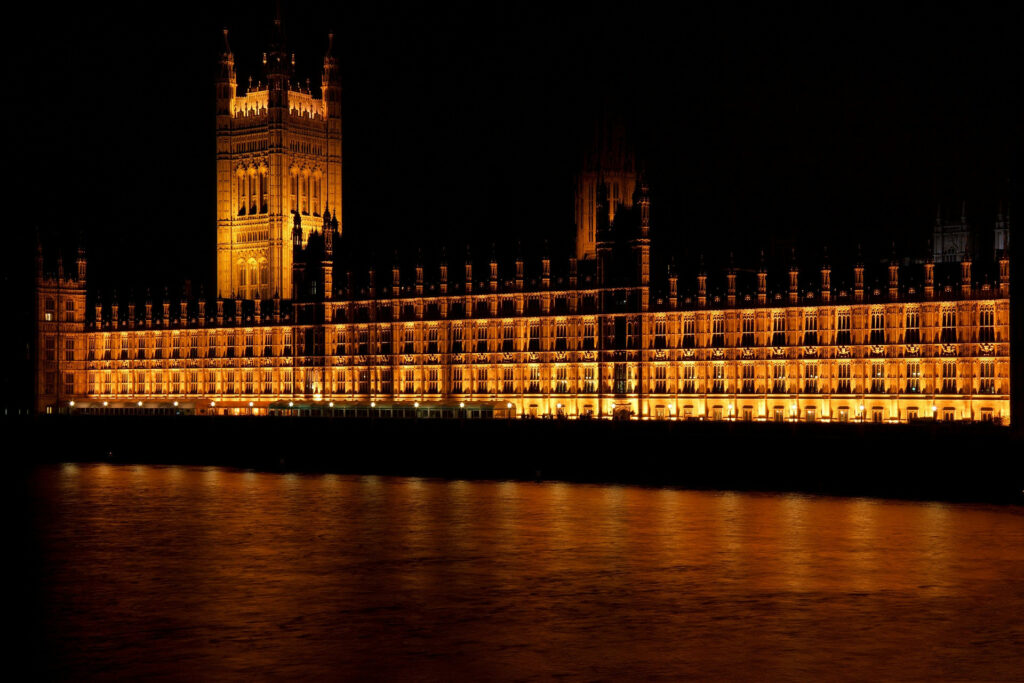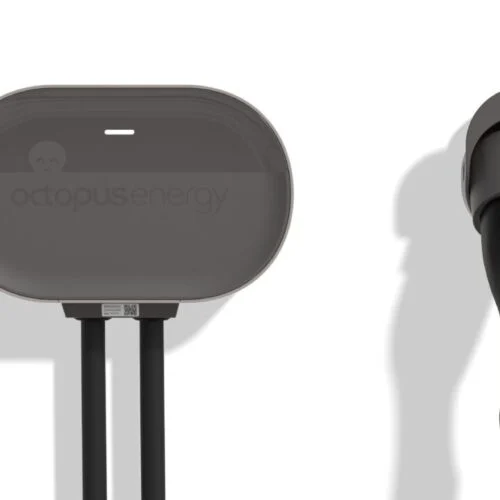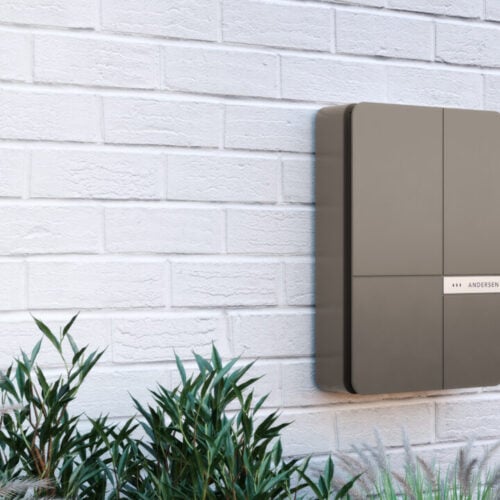An independent evaluation of the UK government’s Green Homes Grant Voucher Scheme (GHGVS) has found that around 19% of a possible 600,000 properties made applications for the initiative.
A newly released report released by the Department for Business, Energy and Industrial Strategy (BEIS) found that despite awareness for the scheme being “fairly high” only 113,739 properties made applications for the GHGVS. The scheme had made funding available for around 600,000 homes.
The report stated that the GHGVS achieved a reach of 169,430 voucher applications for 113,736 properties. By 6 December 2021, 83,150 vouchers had been issued, representing 49% of the total number of voucher applications submitted, and 49,002 measures had been installed in 42,907 properties accounting for 59% of all vouchers issued by this date.
This is dramatically lower than the funding availability, showcasing issues surrounding the scheme.
Despite this, it is important to note that a large portion, around 46%, of all applicants were rejected, withdrawn or cancelled. The data from the report do not indicate that reasons were unreasonable.
The Green Homes Grant scheme is widely reported to have been plagued with various issues since its inception in September 2020. It closed in early 2022 as a result.
It was reported that members of the public had been waiting months to be issued vouchers and there were delays in installers being paid. This led the Environmental Audit Committee to describe the domestic decarbonisation support as “woefully inadequate”.
This has been recognised in the evaluation of the scheme. The report stated that although the scheme increased demand and turnover and incentivised additional green training, the short timescale of the scheme and the “significant administrative challenges it faced had implications on some of the scheme’s target outcomes”.
This includes the quality of installation in some homes, the financial benefits for some installers and the sustainability benefits to the wider supply chain.
According to data released via the report, most applicants (57%) applied for vouchers via the low-income scheme. In doing so, the evaluation of this is that these applicants included a high proportion assessed as likely being in fuel poverty. This suggests the scheme has been particularly successful in encouraging fuel poor households to participate.
External solid wall, loft insulation and solar thermal were the measures with the highest number of vouchers issued, each with greater than 10,000 issued. After these the next most common was pitched roof insulation (8,537) and cavity wall insulation (6,301).
Another crucial issue unveiled within the evaluation is that households found it difficult to find suitable installers and were also unable to request and install within the timeframe of the scheme.
Various reasons can be assumed however, the report stated, after interviews with manufacturers revealed they struggled to meet demand due to problems with material and product imports from Europe.
BEIS will publish a final impact and economic evaluation report later in 2023.






